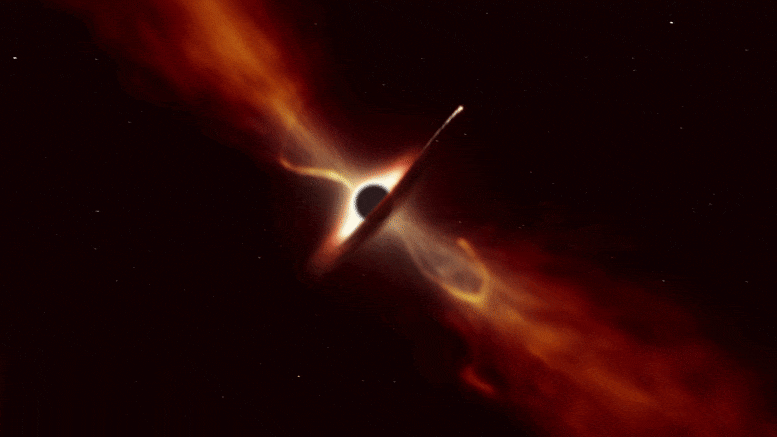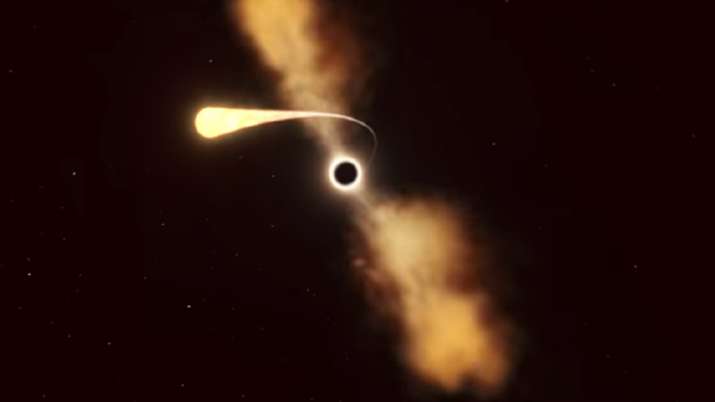

That changed when a team at the Massachusetts Institute of Technology (MIT) used an automated research tool to find more of them. However, astronomers knew of only two black hole echo producers. There are tens of millions of black holes in the Milky Way Galaxy. Finding Black Hole EchoesĪt one time, these echoing systems were thought to be pretty rare. Animation computed by Michal Dovciak, ASU CAS. Credit: Sound computed by Kyle Keane and Erin Kara, MIT. This video shows a typical X-ray echo, accompanied by sounds converted from the emissions and turned to audible sound waves. Astronomers use the echo to measure the distance between a black hole’s corona and its accretion disk (which contains the incoming material). That flash of energetic light bounces off any nearby clouds of gas and dust. Eventually, this action creates an X-ray “squeal”. That material spirals into the black hole and heats up. The black hole, with its stronger gravitational pull, sucks gas and dust away from the star. These curious pairs contain a black hole and an orbiting star. In deep space, a black hole echo happens in x-ray binaries. Echoes of its squeals give a bat a good idea of how far away obstacles are in its flight path. In nature, bats emit high-pitch squeals that bounce off cave walls, trees, and houses. Motorists who get speeding tickets find out first-hand how police officers use radar echoes to measure a vehicle’s speed. We here on Earth are familiar with similar types of echoes. Now, researchers have found eight of these systems relatively close to us in the Milky Way Galaxy. That creates what astronomers call a black hole echo. In a few places, the light bounces off the train of material spiraling into the black hole. As the black hole feeds on the feast supplied by its neighbors, it gives off bright flashes of X-ray light.

It all just disappears down the black hole’s insatiable maw. That includes clouds of gas and dust from nearby stars. Anything that wanders too close to one of these monsters gets sucked in, never to be seen again. Credit: Aurore Simonnet and NASA’s Goddard Space Flight Centerīlack holes are the ultimate space-time sinks in the universe. In the image, you can see a blob of materials that are slightly off the axis as compared to the rest of the jet.A black hole in an x-ray binary system pulls material away from its neighbor star and into its accretion disk. What’s unusual is that rather than being a straight stream of material being ejected from the supermassive black hole, there’s an unexpected twisted shape at the base of the jet. The close-up shows exactly what happens as the black hole continues to munch on material that crosses its path. Highest resolution photograph of a plasma jetĪccording to the paper published in Astronomy and Astrophysics, this is the highest resolution of a plasma jet caught on camera so far. The perpendicular features could be interpreted as the poles of the black hole’s accretion disk, according to the study. However, this particular black hole’s jet has an unexpected twisted shape at its base. Except when a blackhole exudes that behaviour, the material that’s getting thrown out is shot out at a velocity close to the speed of light.Įven though these jets of plasma are being thrown out in both directions, only one of them points towards Earth. As it eats, it’s throwing stuff out as well - kind of like how if a person eats too fast, they tend to burp or fart.


 0 kommentar(er)
0 kommentar(er)
